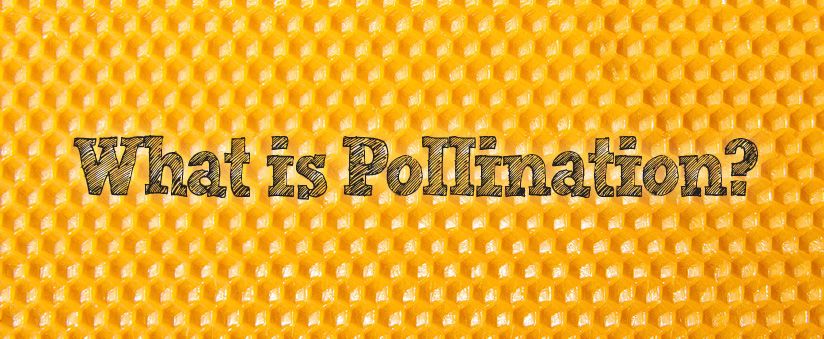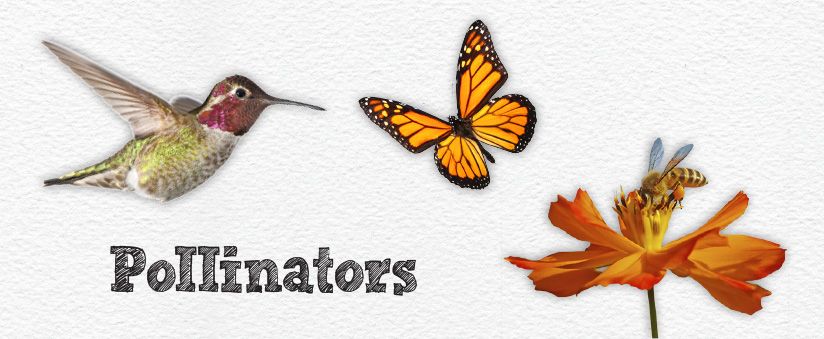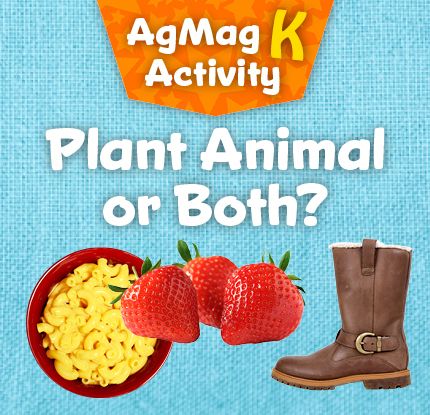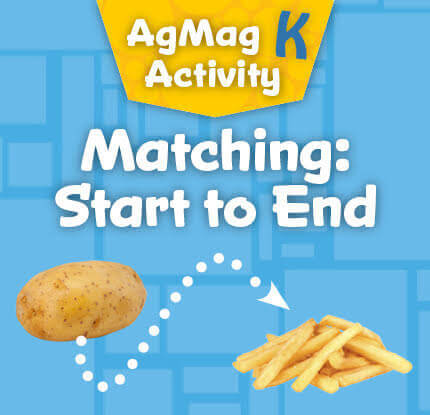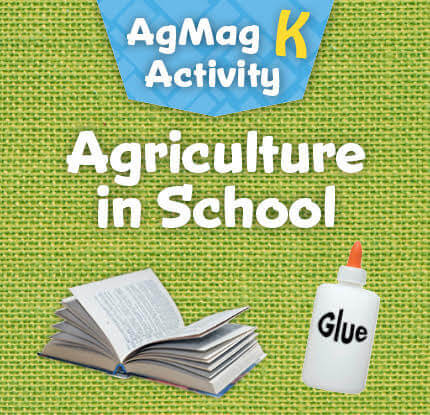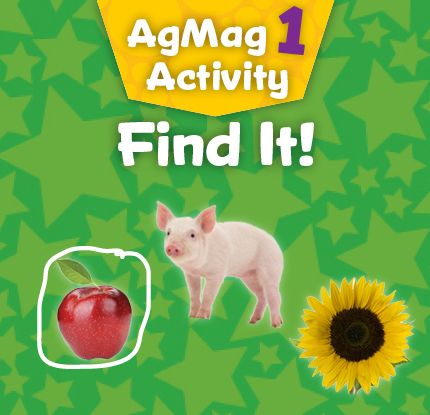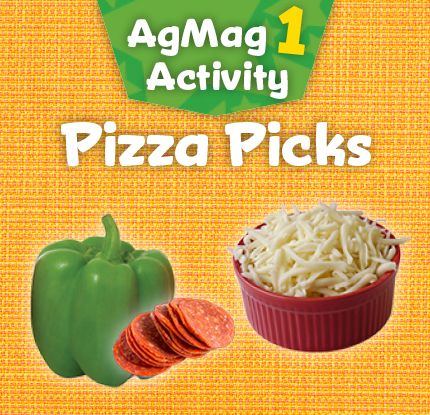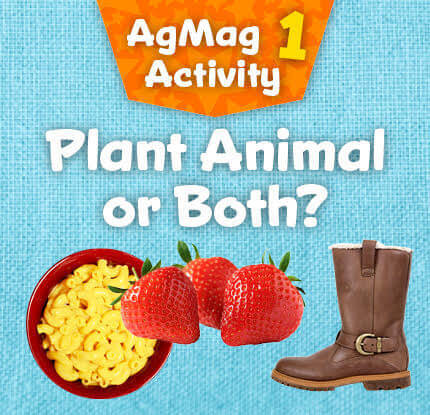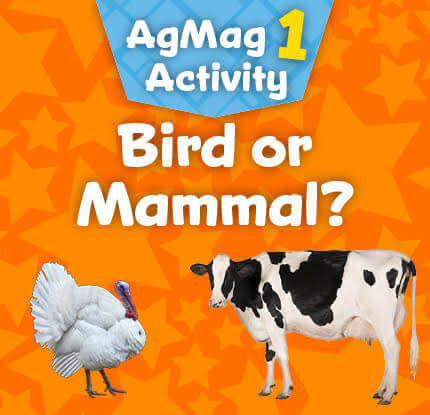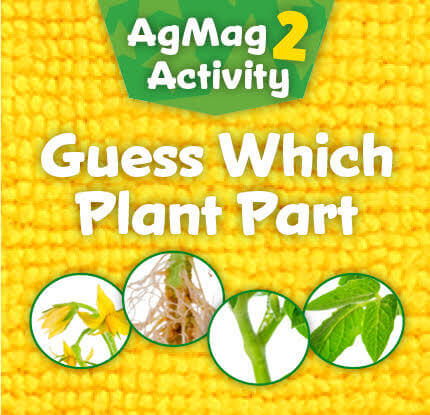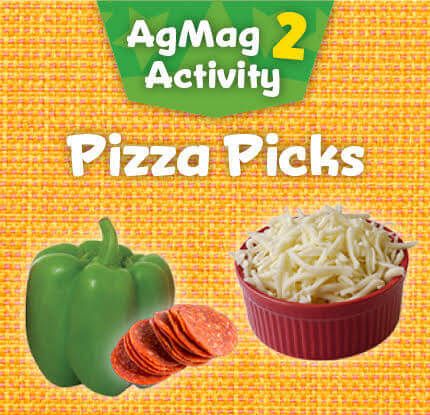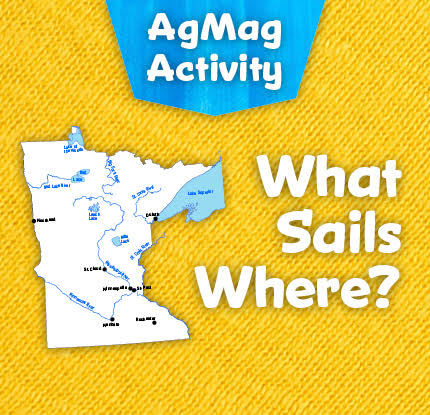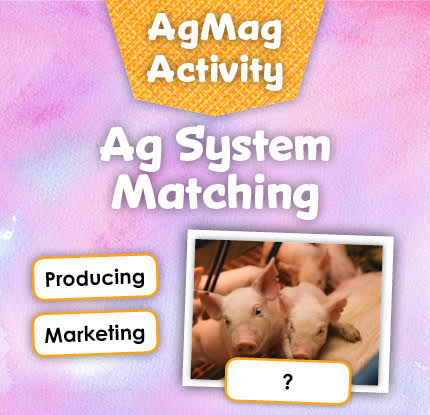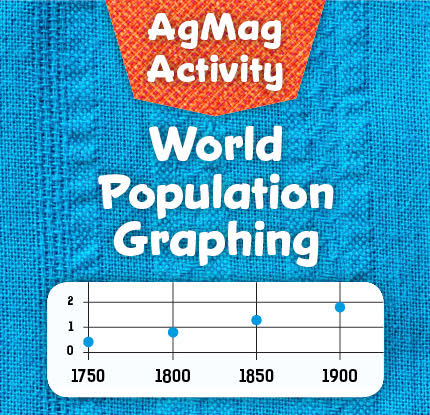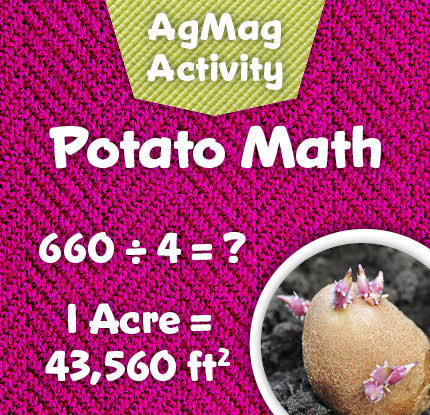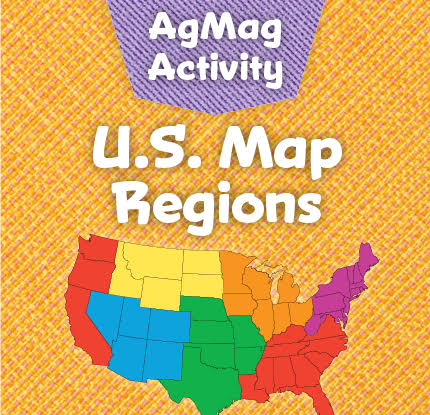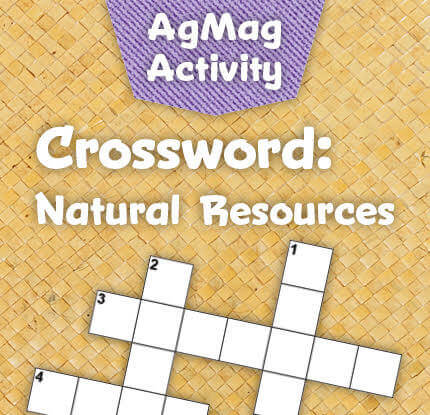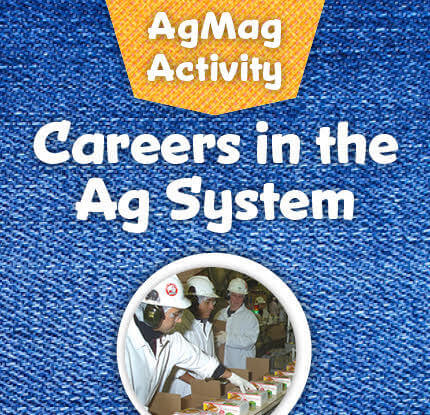What is Pollination?
The goal of every living organism, including plants, is to create offspring for the next generation. One of the ways that plants can produce offspring is by making seeds. This is done by pollination—when bees and other pollinators transfer pollen grains from the male anther of a flower to the female stigma.
Some food plants that need pollination include: alfalfa (feeds dairy cows, which provide us with milk and cheese), apples, blueberries, cucumbers, pumpkins, tomatoes, and watermelon.
Pollinators Need Our Help
Pollinators are so important to many of the foods we eat. Honeybees and other insects (wild bees, flies, wasps, moths, butterflies, and beetles) pollinate a wide variety of fruits, nuts, and vegetables. Without these pollinators, over 80% of the world’s flowering plants would not be able to grow. That includes many foods that we rely on to survive.
There’s increasing evidence that pollinators are in trouble and that their numbers are declining. Scientists believe this is due to several factors including loss of habitat, use of pesticides, and disease.
So what can we do?
Each of us can take one small step to help pollinators. Simple tasks like planting more pollinator-friendly flowers in your yard or in pots on your balcony can make a big impact.
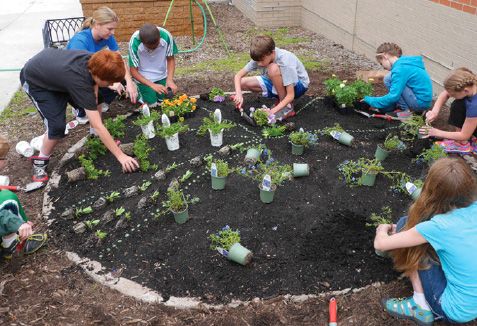 School gardens including native flowering plants.
School gardens including native flowering plants.
 Milkweed and habitat for Monarch butterflies.
Milkweed and habitat for Monarch butterflies.

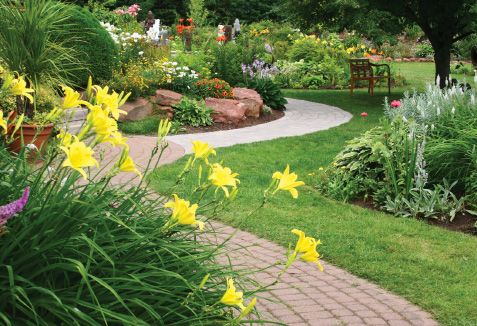
Native wildflowers along fields, roadsides, and walkways.
Here are some other promises you can make to help pollinators:
- Spread the word about pollinators.
- Have water (bowls, birdbaths) for pollinators to drink.
- Grow milkweed for Monarch butterflies.
- Don’t kill the dandelions in your lawn—they have nectar!
- Reduce the use of pesticides.
- If bees are being a nuisance, leave them alone.
- Plant flowering shrubs and trees.
- Start a beehive.
Pollinator Fun Facts
- Bees, bats, wasps, hummingbirds, humans, wind, and water all help to move pollen and pollinate plants.
- Together, Minnesota, Wisconsin, and Michigan have more than 500 species of native bees.
- A honey’s color and flavor depends on the plants visited by the bees. Clover, buckwheat, orange blossom, alfalfa, and basswood are a few honey varieties. Try some different honeys and see if you can taste the differences.
Pollinator-Friendly Choices
Farmers are very aware of how important pollinators are. Here are some of the ways they are working to keep pollinators thriving. You can do some of these things in your own yard!
- Know your local pollinators and provide what they need to survive.
- Use crop-protection chemicals only when needed. Apply them during times when bees are less active, such as after sunset.
- Create pesticide-free landscapes and habitat areas.
- Grow a variety of plants that blossom at different times though the seasons.
- Help build bee populations by starting hives.



